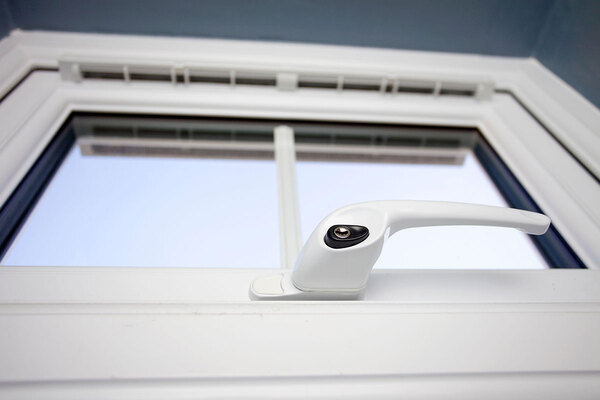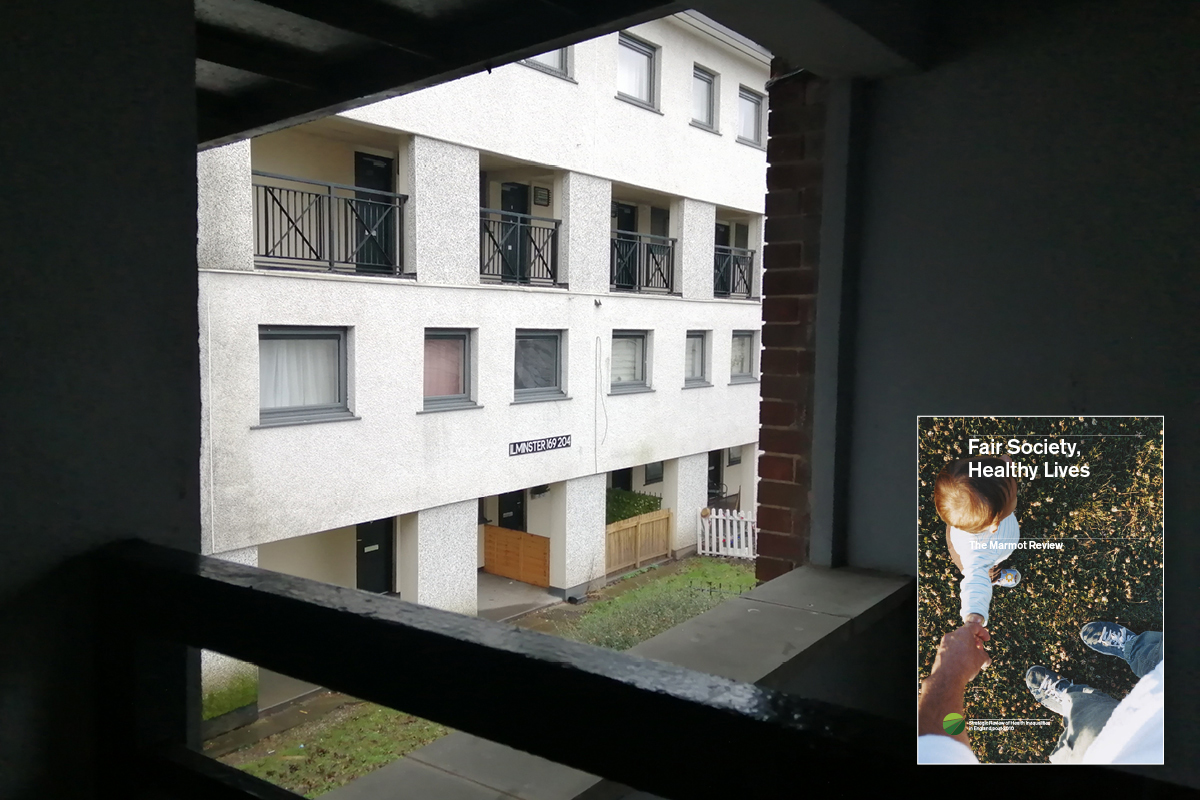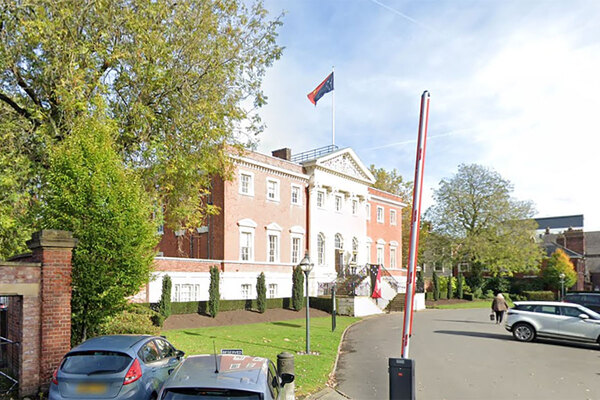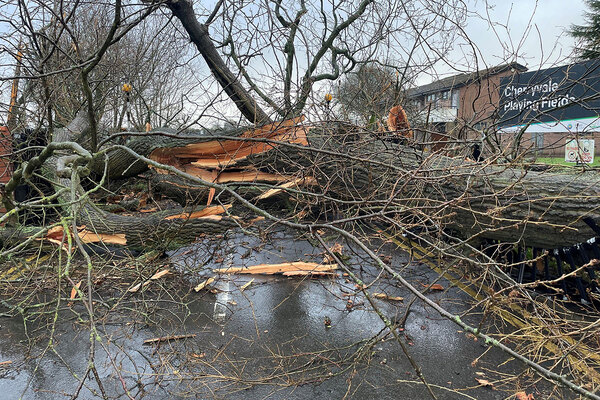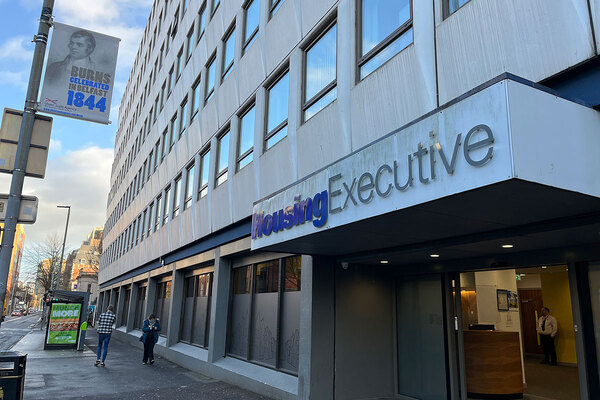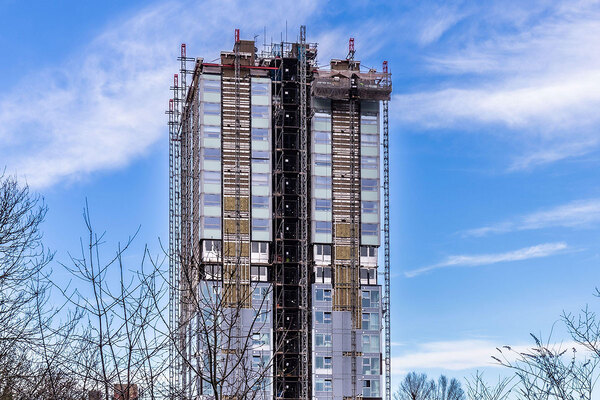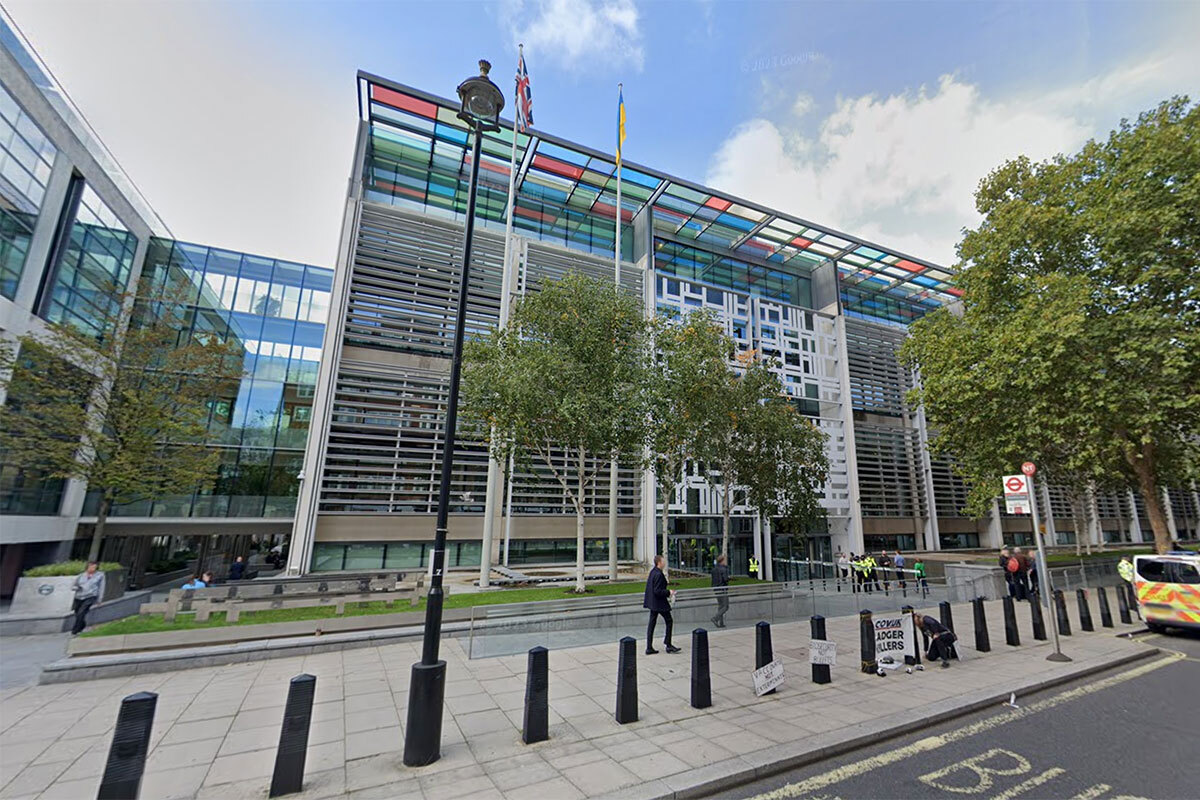How smart devices are transforming homes
Chris Jones at smart home technology provider HomeLINK explains the role technology can play in improving homes and helping residents to better understand where they live
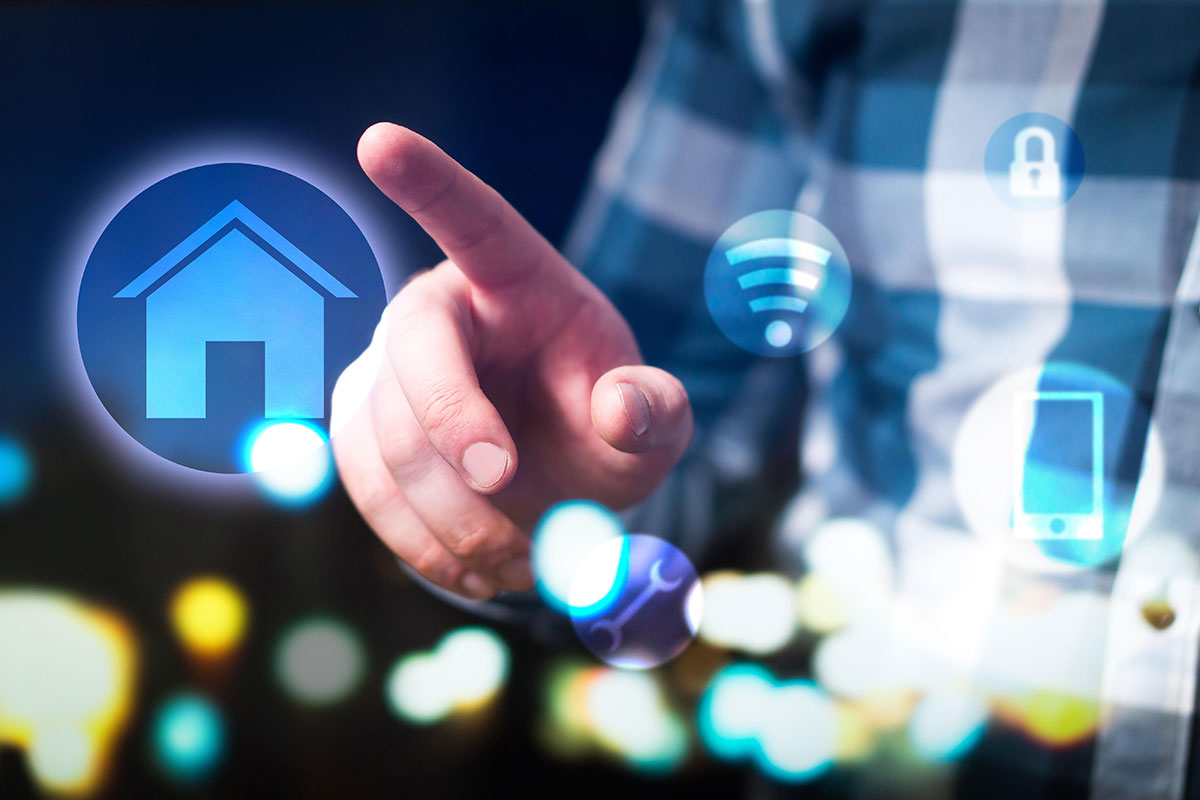
In association with:
![]()
The era of the smart home is upon us. The combination of Internet of Things (IoT) devices with software platforms is transforming the way housing providers and residents understand their homes.
One of the benefits of this technology is the early detection of problems – sometimes even before they become visible. How can housing providers make the most of this ability?
Inside Housing speaks to Chris Jones, co-founder and chief executive of smart home technology provider HomeLINK, to find out.
What kinds of issues can this technology detect early?
The Internet of Things can solve a lot of problems, particularly relating to compliance within the social housing sector. What’s exciting about it is that it offers an opportunity to take it to the next level; so not just doing things more efficiently, but actually making things a lot safer. Sensors these days can monitor things like levels of carbon dioxide, carbon monoxide, temperature and humidity; damp and mould is a growing area where this technology is being used.
But it’s not just about compliance – this technology can be used to spot social issues, too, such as fuel poverty, and also unintended issues that might result from, say, sustainability retrofit work.
What are the benefits of early detection, both for tenants and landlords?
For landlords, saving money and ensuring regulatory compliance are the big plus points, but the benefits go beyond that. The technology can assure you – via live data – that everything is compliant in real time. You’re alerted as soon as something does go wrong, and you can go and fix it right away, rather than someone doing an inspection and filling in some paperwork. It’s a much safer and healthier way of doing things.
For residents, this means more accountability and greater assurance of their safety, particularly around things like carbon monoxide or fire safety. It’s like fire alarms; most of us don’t check them as often as we should. But if you had an app that monitored it all the time, and told you as soon as there was a fault, then you know it’s working. It’s not something you need to be concerned about. For me, that’s the most exciting aspect.
And it’s not just social housing; indoor air quality, for example, is a massive problem across all tenures that a lot of people are not fully aware of yet, and I believe IoT technology is going to be an important part of solving that issue and improving people’s lives.
Can these devices help landlords diagnose what is causing the problem in the first place?
Early detection of issues is a key benefit, but the main reason people use them is to understand the root cause of an issue, and then to track the effectiveness of interventions.
Let’s say a tenant has a mould problem in their bedroom. The data, however, reveals some high humidity spikes in the bathroom. This humidity could be tracking across the home, and settling in the bedroom because it’s colder there. If you didn’t have that data, you might not spot that – which means your intervention might not address the real cause at all.
You might end up focusing on the bedroom, when what is needed is a more powerful ventilation system in the bathroom. You can then, over time, look at the data to see if the measures you have taken have actually solved the problem.
What might the future hold? How do you see this technology developing?
This technology is saving landlords money, it’s getting better all the time and the cost is coming down. I think it’s inevitable that one day it will be rolled out everywhere.
If anything, regulation will speed this up. It could well become a legal requirement to install this technology if, over time, we can demonstrate from data that a landlord or a tenant who has a connected fire and CO alarm is safer than people living in homes without them.
How can housing providers make the most of this technology – and what do they need to consider before installing it?
Landlords should start with a clear idea of the outcomes they want to achieve. That’s crucial before you start rolling out this technology.
Once it’s installed, you need people who can make use of the data recorded by the sensors and act on it. For example, quite often we see damp and mould teams operating around our software dashboard and tracking case information that way.
So if you’re a landlord that doesn’t have that kind of team in place yet, then that’s something to consider. But overall, you need to think about how you’re going to use the data.
You need to consider your own processes and how you might need to adapt them to ensure the right outcomes are delivered, and then make sure you have a way of measuring success against that.
It’s also important to point out that the value isn’t just in the data, but in the way it is applied. With large landlords, what we quite often find is that the technology can end up being used primarily by the team that rolled it out for a single purpose – detecting damp and mould, for example – even though there are other benefits on offer, such as identifying people in fuel poverty or who are in need of other kinds of help.
So people need to be able to understand the full scope of what the data is saying – but there is also a responsibility on technology providers like us to ensure that we simplify things as much as we can, to make analysis of the data as easy as possible to read and understand.
How important is resident engagement here?
It’s really important – in fact it’s the optimal route for landlords to achieve the outcomes they want.
The analytics we offer, the way you can monitor the health of your home on an app, and how that affects the health and safety of the home’s occupants – there’s a lot of value for residents in being able to access that information.
It gives people an opportunity to look after their health and to feel safer – and for social landlords, that’s a win-win.
They have happier residents, but they’ve also got residents who are more engaged, because they care about any issues that might arise in their home.
With today’s technology, tenants can take a photo of an issue and upload it, and again after the landlord has intervened to ensure the fix has worked.
It’s more cost-effective for the landlord, who doesn’t have to send an operative round, and it makes life easier for the resident, who won’t have to take a day off work.
So resident engagement is key. It’s not just ticking boxes, it’s the best way to achieve the outcomes landlords want – and it can even strengthen that landlord-tenant relationship, too.
Recent content in association with Aico
CPD webinar on demand: the importance of good quality data to good air quality
As part of Inside Housing’s CPD offering, watch the full webinar, ‘The importance of good quality data to good air quality’, and earn CPD minutes
Sensor technology to keep homes safe
Jordan Toulson, head of product at HomeLINK, explains how networks of sensors that gather data and exchange information can make homes safer, warmer and more energy efficient
How smart devices are transforming homes
Chris Jones at smart home technology provider HomeLINK explains the role technology can play in improving homes and helping residents to better understand where they live
Is the sector providing healthy homes?
Inside Housing ran a survey for the new Healthy Homes campaign, in association with safety tech specialist Aico, to find out how effective the sector is at creating healthy homes for residents
CPD module: the importance of indoor air quality
What is indoor air quality, why is it important, and how can it be improved in social housing? Professor Tim Sharpe, head of the department of architecture at the University of Strathclyde, explains. Read this article, take a quiz, earn CPD minutes
Fuel poverty crisis: ‘I only put the heating up to 16 degrees’
Since losing his job due to an industrial injury, 60-year-old Vivid resident Robin Parvin has been unable to cover the basic outgoings. In a video interview we hear from Jack Whiting, a money advice and benefits advisor at the association, about how it is supporting Robin
Why it is vital to remember the importance of working CO alarms
To keep residents safe, and to stay in line with new regulations, social landlords need to know they have working carbon monoxide alarms in the right places. Andy Speake at Aico explains how they can do this
Tenant engagement is vital for landlords to improve standards, safety and satisfaction
As part of Inside Housing’s Resident Safety Campaign, in association with Aico, we spoke to Stephanie Kelley and Val Scollen at Thirteen to find out how residents are shaping its approach to building safety
Which types of fire safety devices can help deaf residents?
Housing secretary Michael Gove recently underlined the importance of establishing personal evacuation plans for disabled and special needs residents. Andy Speake from fire safety specialist Aico and Stephen Johnson, an NHG resident who has a profound hearing impairment, explain how technology can be adapted for people who are deaf or hard of hearing
